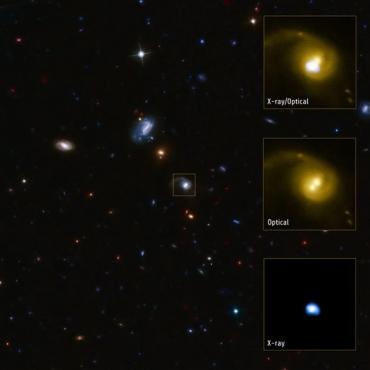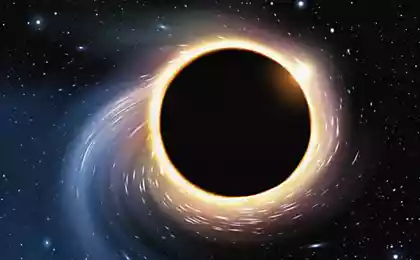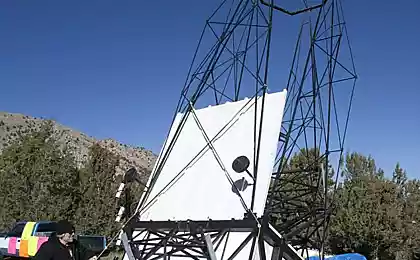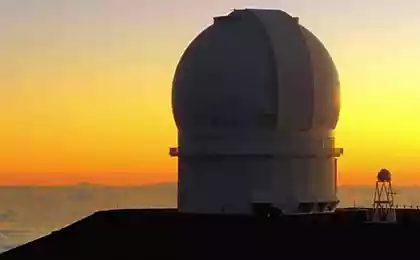1029
Telescope "Chandra" opened a wandering black hole

Astronomers have obtained new data from the telescope "Chandra", which indicates that the system of CID-42 (at its formation), which is located at a distance from Earth 4 billion light-years away, was thrown a supermassive black hole, according to ScienceNow.
Recall that the CID-42 is the result of the merger of the two parent galaxies, and a pair of high-power light sources near its center look like two supermassive black holes, but the data of the telescope "Chandra" show that only one of these sources emit X-rays, as well as known black holes in the process of absorption of the surrounding material to radiate X-rays.
Astronomers believe that this can be explained in two ways. The first is that, perhaps, a second source close dense clusters of interstellar matter, and according to the second version - it may not contain a black hole, but to be a cluster of bright stars. If the second assumption is true, then the first source is the only black hole, which appeared as a result of the merger of black holes lying in the centers of galaxies colliding.
Note that when the black holes of the two galaxies collided and merged into one, the gravitational wave was so strong that it pushed the resulting hole of the galaxy. According to astronomers, these two sources are removed from each other at a rate of about 5 000 000 kilometers per hour (about 1500 km / s).

According to astronomers, the ejection of black holes - this is probably extremely rare, and the surveillance of the galaxy could be the first direct evidence confirming their existence.
Superluminal neutrinos are officially recognized by mistake
Mexican scientists have unraveled the true "message" of the Maya





















